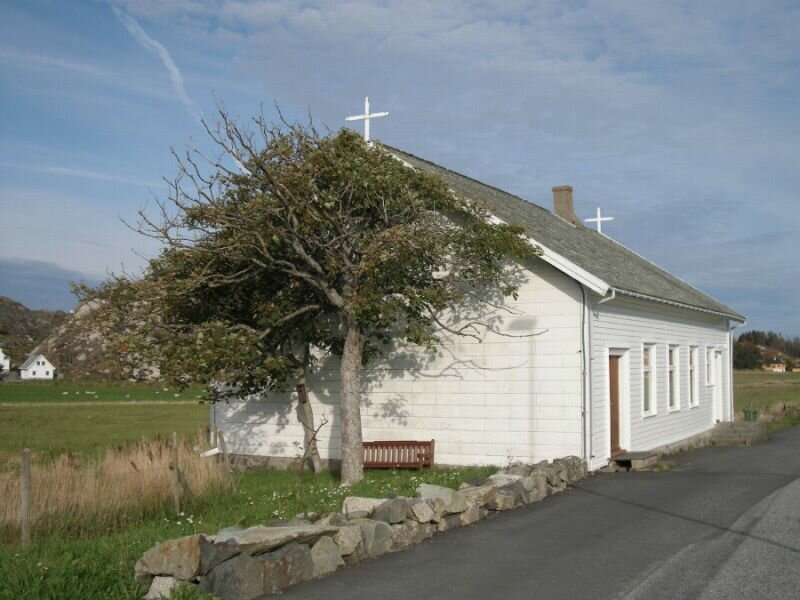In 2001, at the invitation of the Bergen School of Architecture in Norway, I visited the coastal island of Utsira. Just getting to the island turned out to be quite an ordeal. This great broken-off piece of rock could only be reached with a small ferry boat, which had a tough time negotiating the spectacular waves here.
The small island, 2 km across, had two harbours. Whilst, due to the wind and the rough water caused by it, the ferry boat was unable to enter the harbour on the one side of the island, it was luckily able to do so on the other. The wind also played a dominant role in the planning and development of the island, or rather, their prevention. There was, for example, hardly a tree to be found; every attempt by a tree to take root here had been thwarted by the cruel wind. Except for one tree, which had made its courageous bid behind the local church. The small building had kept the tree out of the wind, making it possible for it to grow in freedom. When the tree had become so tall that its branches began to rise above the roof of the little church, the wind got its grip on the tree, thus preventing further growth. Because no leaves could grow beyond the edge of the roof, in the course of time, the tree gradually took on the shape of the church, as though nothing could be more normal.
The spectacular result of a tree with a ‘gable roof’ looks at first glance like a somewhat large, artistically trimmed box hedge in a baroque garden, attractive examples of which, created by inventive gardeners, can be found everywhere in the world. With one big difference: this Norwegian house-tree was designed by no one. No one decided how the tree would look. Nor did anyone give the tree its shape out of spite.
The tree’s shape is a result of the specific character of the natural conditions in which it has grown. And in this way, it is a pre-eminent representative of the identity of the island where it stands. Not because a local artist came up with an idea, leading to its promotion by the island’s tourist office, nor because there is a typically Norwegian tradition of creating pointy trees, but purely because of the specific characteristics of the place where it is located.


